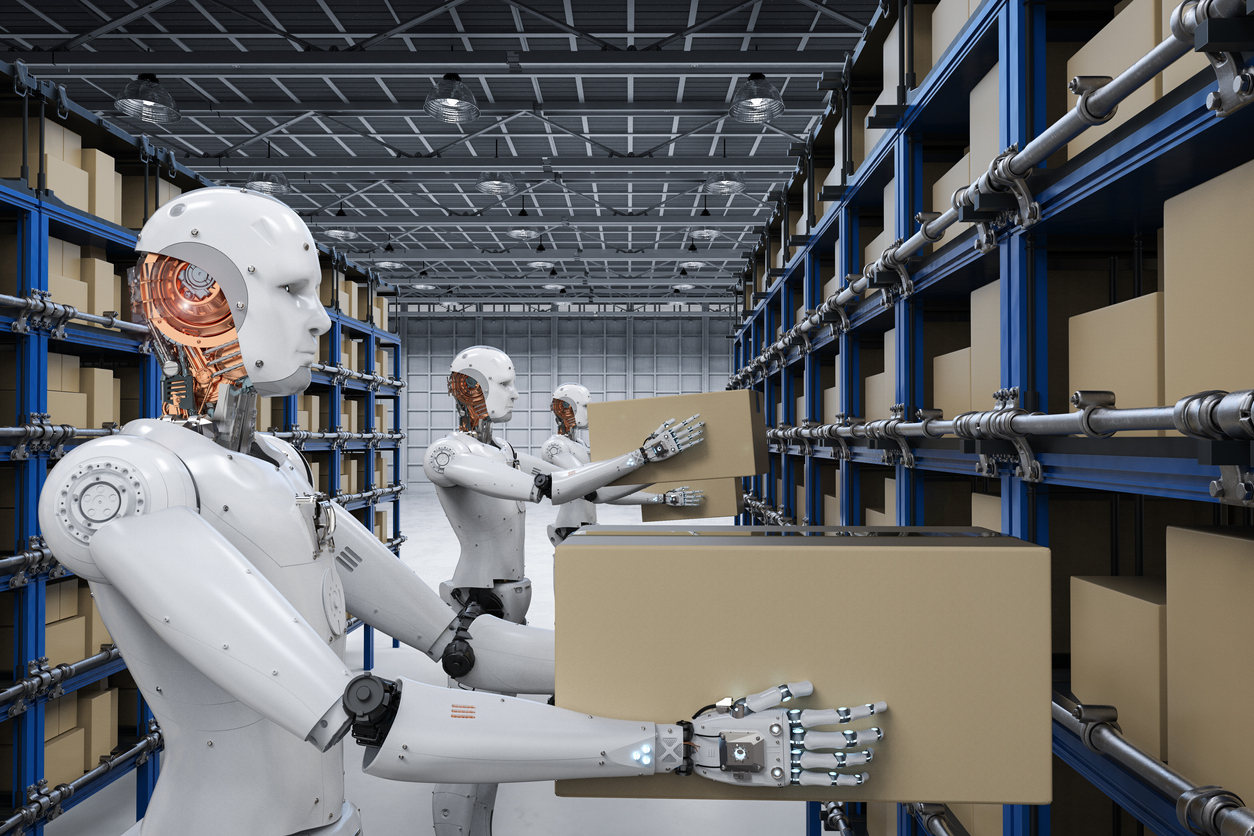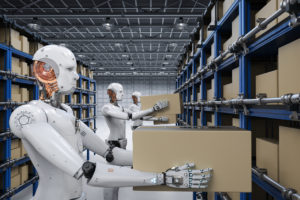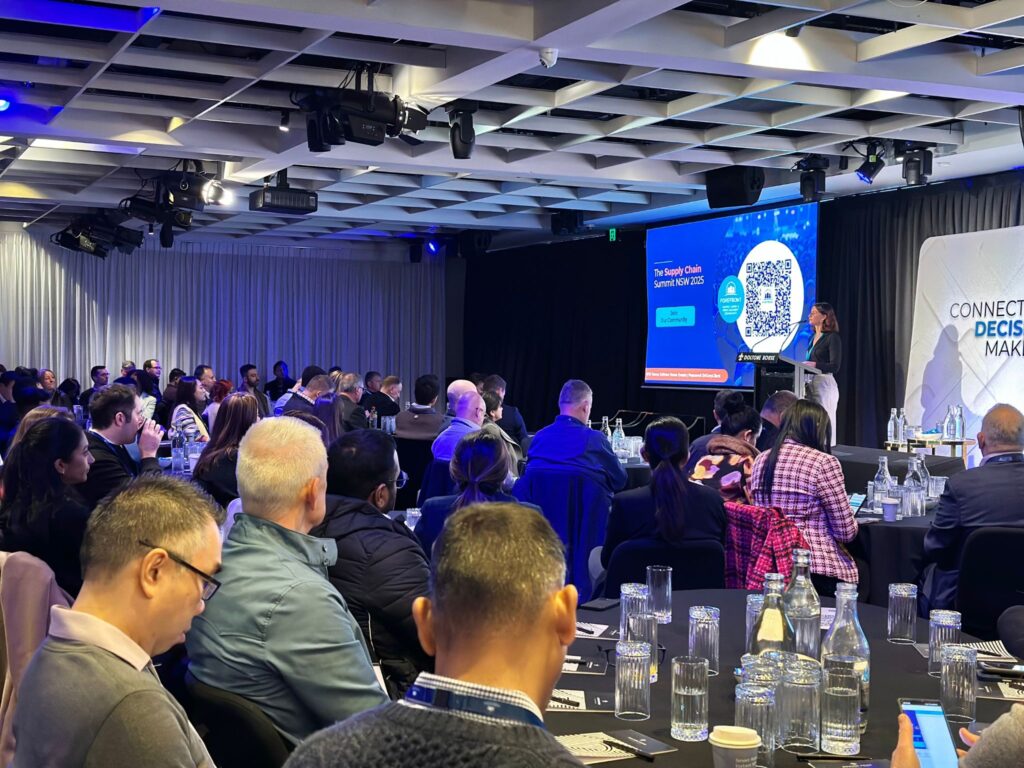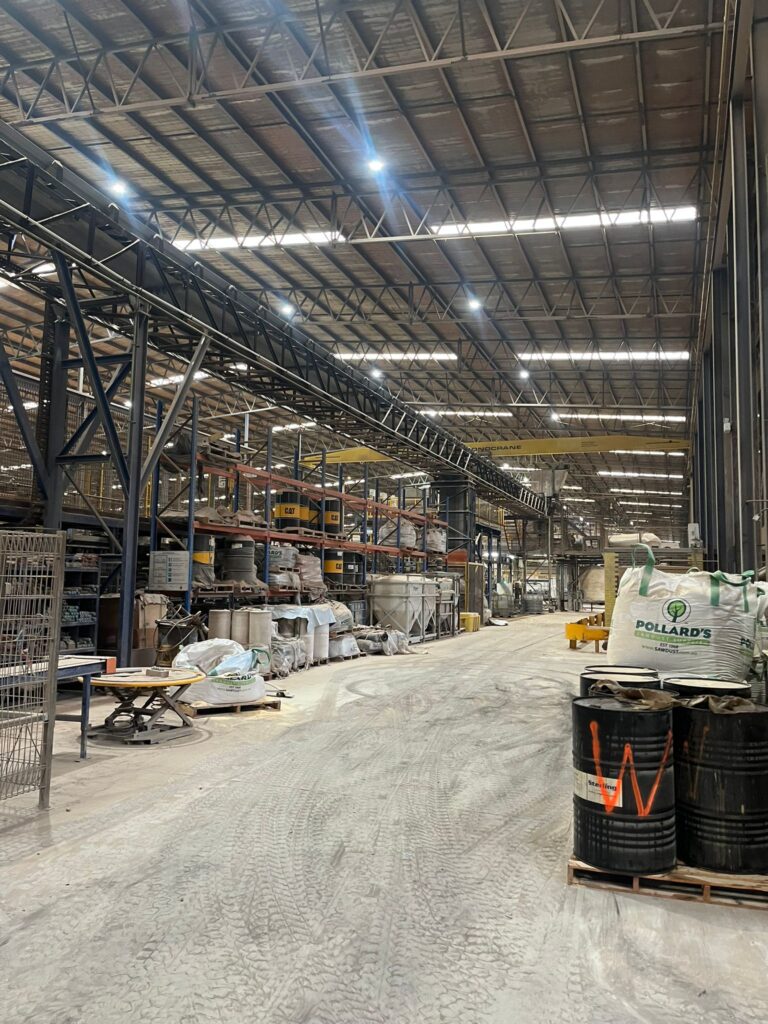Rip it all up and start again. Not only is that how most of us feel about 2020, but it is also the new mantra for global supply chains.
COVID-19 has amplified and accelerated the need for change in key areas of business and in how we live. Supply chain leaders have had their own lightbulb moment. Traditional approaches to planning just did not stand up to the new demands. A digitised, fully integrated, and seamless supply chain that can flex to changing customer needs and offers full visibility is the answer.
Clean slate
Imagine you could start afresh with your supply chain. How would you configure your planning systems and design your planning processes? Would you retain any of the traditional elements – or would you design things in a completely different way? The new digital age requires fresh approaches, but the biggest barrier is our own ability to unlearn what we already know.
Back to school
The new technologies are developed and ready to go. The ‘tech first, questions later’, digitally savvy generation of supply chain experts are here too. Your team needs to blend their skills with those of your traditional, battle-hardened supply chain professionals, which is a real challenge. The two don’t always naturally mix, but in the new world, this must happen. You will need to foster an environment where people stay open-minded to each other’s skills and to collaboration. An external systems provider with a good mix of both skills can help bridge the gap here.
Tech? Check. People? Check. Business processes? So, do you start by mapping your existing processes? To be honest, there is little point; they are almost certainly no longer fit for purpose and will only constrain your thinking. Focus on the outputs rather than how to achieve the outcomes.
This is how we don’t do it
Should you structure your demand and supply planning processes around the traditional strategic, tactical, operational planning? Then, execution levels with defined horizons and time buckets? Don’t bother. All this needs to be mashed up, all integrated and happening in the moment.
Is there value in precisely defining your new functional requirements so you can select a new system/s? No, it is a waste of time. What you need to do in the future is almost certainly completely different from what you do now.
How about considering weaving any new approaches through your current organisation structures? Nope. Concurrent planning – when humans need to be involved; and self-learning, self-guiding automated approaches – when they don’t – call for entirely different organisation structures and ways of working. So, it’s likely your current organisational structures will need to be completely transformed.
All change
This is a time for visionary minds and a fresh sheet of paper. It feels scary to change everything you know, but you risk your business if you don’t. How do you approach this in a way that doesn’t rock the entire business? Get yourself a safe pair of hand to advise you. People who know supply chains inside out, but who also understand different technology approaches and can help you marry them with the most critical parts of your supply chain.
No exam questions
Build a real partnership with your potential technology providers when selecting new systems. Appoint an internal team who are motivated for change and innovation, allow them the space to meet with potential partners and brainstorm creatively. It’s this type of out of the box thinking that will give you the answers that will really work in your business. Don’t approach system providers in the same old way that you have always worked with them. This is exactly what you want to avoid. It should feel boundary breaking. Rather than setting them a series of exam questions, approach it in a way that will spark creative problem solving. You need innovative minds on this; people with a thirst for knowledge motivated to drive change in the supply chain. A good systems partner and external advisors will also help you tackle this in a scalable way; you don’t want to throw out things in the short term, that might still be useful in the short term.
Trust
Trust is the elephant in the room here. But standing still and reverting to old ways of working will only risk current business and customers. It’s just not viable to stand still. You have to find space to innovate and move forward. If ripping it all up at once is too much, develop pilots and test. Fail early, fail fast, fail-safe. Learn from it. Take the good and gain vital knowledge, confidence, and market share, and then roll it out.
Get out of your own way
If you thought the last ten years were disruptive, this is just the start. Looking beyond, we have at least another decade of even more environment, altering change ahead of us. The first wave, automation, is what we are in now. In the next two years, this will evolve into phase two, the self-driving supply chain. If that sounds crazy, remember what you thought about driverless cars back in the day? Soon there will be many of them on the road.
So, what are you waiting for? A growing number of companies are already on the journey towards automated planning. Human intervention will soon be optional. So, get out of your own way.







